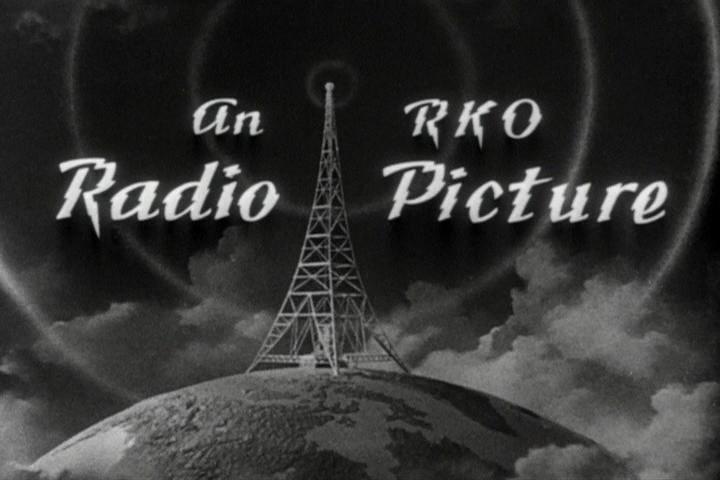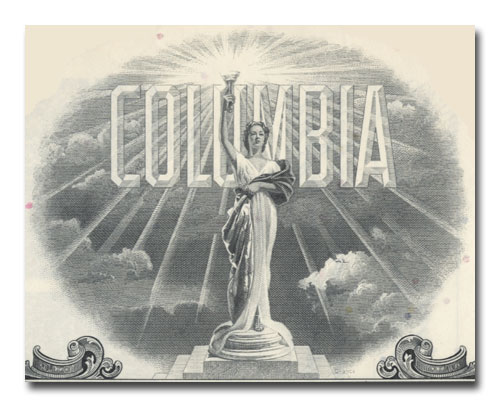Classical Hollywood
_________________________________________________________________________________
The classical Hollywood period was within the 1920's to the 1950's. Some say that this is the Golden age of Hollywood. During that time, there were many different studios producing films. The major studios were 'Warner Bros. Pictures', '20th Century FOX', 'A Paramount Picture', 'An RKO Radio Picture' and 'Metro Goldwyn Mayer'.




There were some studios other than the major studios. These were 'Universal Pictures', 'Columbia' and 'United Artists'. They were the minor studios.



What these studios did was use a system called the 'Studio System'. The studio system allowed the biggest studios in Hollywood to have total control of the movies that were made and how they were distributed. The major studios created (with their power within the US) created a body of trade called the Motion Picture Producers and Distribution Association (MPPDA) in 1922. The MPPDA's main functions were to encourage the co-operation between the major studios and to work with the US State Department to look out for overseas governments who threaten the Hollywood import restrictions.
The studios also controlled the supply chain of films from the beginning with production to the end with exhibition. One major part in controlling the movies exhibition was called 'block booking'. The studio would sell an entire years worth of films to theaters as one unit. The film range was from the one film really desired, A-budget film, to lower, less desired, B-budget and lower films. Block booking is just one of many techniques used to control the film industry in the classical Hollywood period.
The major studios soon found that films around the world were getting very popular, but were still not respected. Social and religious groups argued that films were degrading moral standards. To control this issue, the MPPDA hired Will Hays to place a self-regulatory code of practice. This created the Motion Picture Production Code of 1930, nick named the 'Hays Code'. It handed most of the taboos like sex and criminal behavior. This code was disregarded in the late 1960's.
The studios were also infamous for 'owning' the stars that were on film, a system known as the 'Star System'. The system basic had the stars as employees of the certain studio they worked for and bounded them in contracts. An image would be created around the star that usually didn't have anything with how the person was in real life. The stars image was very important to the studios. Actors often felt owned they the studios. Sometimes the studios would 'lent' the star to other studios.
Finally, the studios created a 'Narrative structure' that they followed when making films. It was structured with discernible beginning, middle, and end. Their was linear chains of cause and effect events. Also, their was also a resolution at the end of film.
References
Information based upon the section in class.
Images
- annyas.com/screenshots/warner-bros-logo/
- https://www.youtube.com/watch?v=P-_bsAKgL2k
- https://en.wikipedia.org/wiki/Paramount_Pictures
- https://en.wikipedia.org/wiki/RKO_Pictures
- https://en.wikipedia.org/wiki/Leo_the_Lion_(MGM)
- https://www.youtube.com/watch?v=nLx4ucZ8v4Y
- https://en.wikipedia.org/wiki/Columbia_TriStar_Television
- https://en.wikipedia.org/wiki/United_Artists
No comments:
Post a Comment